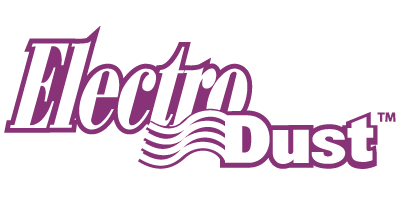Does Dryer Lint Really Pose Such a Hazard?
Dryer vents have a long, unfortunate history of causing thousands of house fires. Dryers depend on a 4-inch diameter, unrestricted metal vent to exhaust the hot, moist air to the outdoors. Many people regard the vent as a necessary evil and hardly consider it.
Most individuals are puzzled as to why a typical size load of laundry takes longer to dry in the dryer.
Dryer Lint's Hidden Risks
Most dryer fires might be avoided if homeowners took prompt action and got assistance to determine the cause of prolonged dry times. Lint will not be exhausted outdoors when a dryer has a clogged or restricted vent; instead, it will be expelled inside the dryer or the vent. Lint accumulates over time, forms a restriction or obstruction inside the dryer, and eventually finds its way to the heat source.
Think about what would happen if dryer lint came into contact with a gas burner's open flame or a bright red heating element. The dryer's lint immediately catches fire and feeds on vent air to expand. After starting, the flame travels along the vent's path and ignites the lint.
Before leaving the property, most contractors place vents inside the walls and ceilings of multiple rooms. A lint fire has the ability to ignite the house by burning through a non-metal vent. Not only that, but the fire also causes severe internal damage to the dryer.
How to Avoid Dryer Fires
Lint from dryers can be pretty hazardous; therefore, it's a good idea to learn how to avoid a dryer fire. Some camping guides advise using a ball of lint as a firestarter since it ignites with just one match, which helps put the risk of lint into perspective.
The best way to ensure that if a lint fire starts, it will be contained inside the vent and not spread to the interior walls is to replace your old vent with a rigid or flexible metal vent (rigid preferred). This is in addition to using common sense, such as performing routine dryer maintenance and vent cleanings. The efficiency of the vent is determined by its length, which, if improperly installed, might result in restricted airflow.
If your vent is made of plastic or foil, you should always replace it. These substances burn, which raises the possibility that a dryer fire will spread through the vent and ignite inner walls of your home.
Length vs. Efficiency
Vent installers often don't know how to vent dryers properly and unknowingly create a different issue that is more significant than the one they were trying to solve. The International Residential Code (IRC) Section M1502 specifies that the length of a metal dryer vent shall not exceed 25 linear feet. For each bend or 90-degree turn, take five feet away from the 25-foot maximum to get the new maximum length.
As the length of the vent increases, the efficiency of venting decreases. The blower motor's restrictions influence the efficiency of the dryer. To help the airflow through it, use the metal vent that is the shortest possible length and keep it as straight as you can.
Does dryer lint truly pose such a threat? It is, indeed. Keep in mind the need for regular vent cleanings and dryer safety. Cleaning dryer vents is more complicated than many people believe.
Our ElectroDust™ Washable Air Filter
ElectroDust filters provide higher than industry average air quality and are built to higher standards. Our environmentally friendly filters allow you to wash and re-use them over a ten-year lifespan. After just ten months of using our filters, you will begin to realize savings. Furthermore, because ElectroDust filters are more efficient at capturing dust and foreign particles, you won’t require duct cleaning as often, saving you even more money. Less dusting means a healthier home.
